The GDP Illusion: Why Economic Growth Is Losing Its Meaning
Authored by Peter Reagan,
Politicians celebrate GDP gains as proof of a strong economy. But if “growth” just means paying more for groceries, gas, and utilities, are we really better off? Here’s why GDP is a mirage – and why what happens to “the economy” may not apply to you…

Growing up, illusions were a wonderful thing. Watching David Copperfield fool the audience on television was amazing, even magical.
As you get older, though, you realize that there are really two different types of illusions, one magical and wonderful. The other, a sort of con game to distract us from paying attention to what really matters.
I’m not going to get political today. Instead, I’ll simply say that every presidential administration I can remember talked about our nation’s Gross Domestic Product (GDP) as the top measurement that we should all use to evaluate overall economic health.
So, the higher the GDP, the better the White House says the economy is doing. Thanks to their own policies and decisions, of course.
But is that true? Today we’ll explore the concept of a GDP and I’ll let you decide for yourself how relevant this number is for you…
What is included in that GDP figure?
GDP is a measure of economic activity. It’s calculated by adding up every dollar that was spent in the U.S. (Here’s a more technical definition for the curious, but honestly you don’t need to know everything about it.)
Here’s the formula for calculating GDP:
(Consumer spending) + (Government spending) + (Investment spending) + (Exports – Imports) = GDP
Here’s the breakdown (2024 numbers):
-
68%: Consumer spending is the biggest component, like I mentioned previously. Everything you spend money on, from haircuts to homes to Hawaiian vacations, increases GDP.
-
18%: Domestic investment is a business category that includes construction, capital investment like machinery purchases and business inventory (including, for example, unsold cars on a dealer’s parking lot. This is the most important category overall, in terms of boosting overall economic productivity.
-
17%: Government spending is also a significant component. Government spending on infrastructure, defense and payroll for both federal employees and contractors.
-
-3%: Net exports of goods and services is negative because the U.S. imports more than we export.
First, you can see that “consumption” is by far the biggest category – and that’s troublesome, because most consumption is not economically productive. Necessary (food and fuel for example) but not productive.
Domestic investment includes building new factories, setting up or modernizing existing assembly lines and so on. This is by far the most important category for future economic growth.
Here’s the most worrisome thing about GDP calculations though – there’s no offset for debt! None!
Debt-financed purchases like a new home or a new federal construction program add to GDP. Paying off the debt incurred does not subtract from GDP. No matter when you pay it off.
In other words, GDP only tells you how much you spent on the shopping spree – and ignores the credit card bill that follows. ‘
Now that you know what GDP really means, let’s take another look at the current GDP report.
What current GDP figures are
really saying
The most recent figures tell us GDP is growing. As Reuters informs us, “The U.S. economy grew faster than expected in the second quarter.” GDP grew 3.8% (annualized).
What changed? Well, imports dropped about 9% while exports fell a lot less, about -1%.
In other words, overall we shopped less and sold less internationally – which nets out as a win for GDP!
This seems so amazingly backwards to me… How can doing less business work out as a win?
Imagine you’re running a car dealership, for example. You bought 5,000 cars from the factory. You only sold 4,500 of them.
-
For you, these unsold cars are a headache and a red flag about demand
-
To the GDP statisticians, they’re a sign of “production,” so they count as growth!
How does this make any sense at all?
As confusing as it is, it helps you understand the difference between GDP reports and our personal experience with the economy…
What does this GDP surprise look like to American families?
What GDP isn’t telling you, though, is how the higher GDP is affecting the average family. See, according to the Bureau of Labor Statistics (BLS), the price of ground beef increased by nearly 65% over the last five years.
Other necessities, like electricity, only went up 36% since 2020.
Here’s the astonishing thing: As your cost of living increases, GDP increases too! That’s right – higher bills means “increased economic activity” which is often interpreted as a booming economy.
Do you feel wealthier at the grocery store, when your trip costs you 25% more than it would’ve in 2020?
I seriously doubt it. (I know I sure don’t!)
Here’s the reality: Higher GDP has nearly no correlation to prosperity. When you look at real-world changes in cost of living, we simply aren’t more prosperous than we were five years ago.
Period.
(No matter how much GDP increased over those years.)
The GDP illusion
Now do you understand how GDP is as much a measure of higher costs of living as it is a measure of real economic activity?
Every time an elected official says, “The economy is doing great,” that’s not the whole story.
Again, I’m not trying to be political here. I understand that all politicians, the best and the worst of them, need to paint a rosy picture of how great the economy is doing. And, frankly, “the economy” is an abstract concept. “The economy” doesn’t really exist! That’s just the word we use to describe the one billion transactions that happen across the nation every single day.
Obviously it’s completely impossible to say anything meaningful about a billion separate transactions. So lumping them all together and calling them “the economy” is a useful metaphor.
But metaphors aren’t reality. And when official GDP reports are contradicted by our actual experience in the real world?
It’s like my grandpa used to say: “Who are you going to believe, me or your lying eyes?”
The closer you look at abstractions like “the economy” or “GDP,” the less useful they are.
This is why it’s a mistake to take these numbers at face value.
Economists tell a nerdy joke about this: “An economic downturn is when your neighbor loses his job. A recession is when you lose yours.”
So what does this mean for you? Simply this: No matter how well (or poorly) “the economy” is doing, your experience is what matters. Your personal economic success is far more relevant than the second quarter’s GDP report.
Everyday Americans who’ve figured this out, who understand that their experience just isn’t accurately reflected by GDP reports or CPI updates – those are usually the folks who reach out to Birch Gold Group. When you understand that official numbers don’t always translate into stability or financial security for your family, you start looking for stability.
That’s where physical precious metals come in. Why precious metals? They aren’t an abstraction or a metaphor or a statistic. They’re real, tangible assets you can hold in your hand. And for thousands of different families all across the nation, physical gold and silver have become an anchor in uncertain times.
Tyler Durden
Tue, 09/30/2025 - 13:21



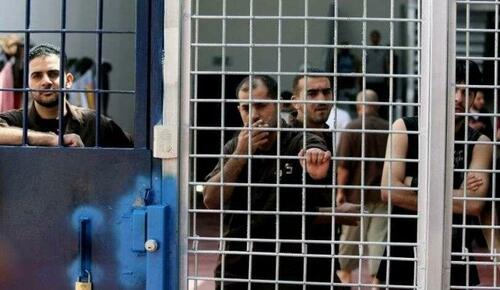 Illustrative image: EuroMedMonitor
Illustrative image: EuroMedMonitor  Obama Foundation via AP
Obama Foundation via AP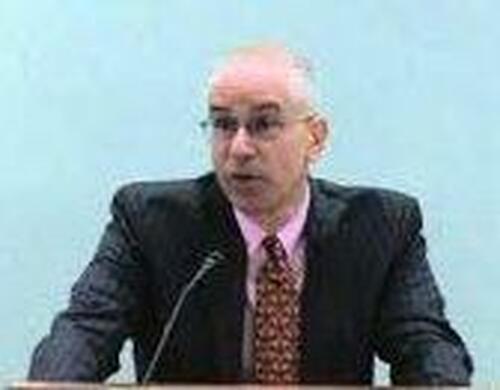


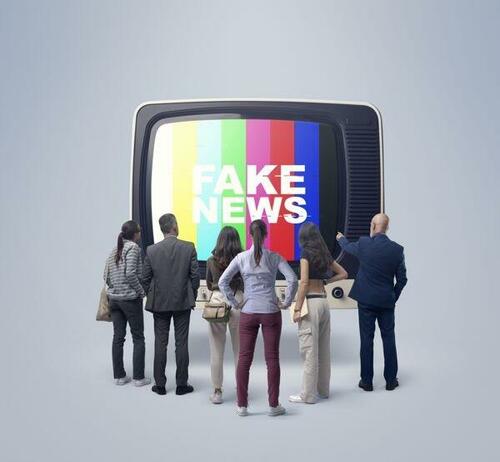
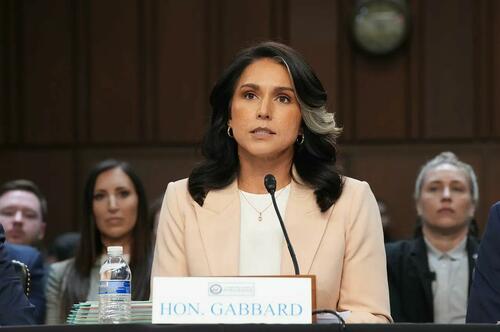
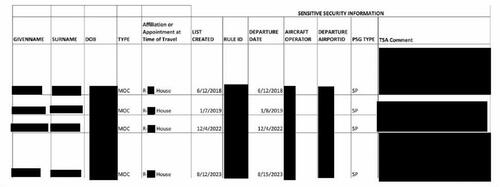



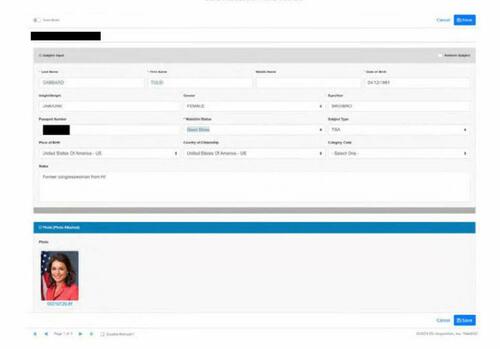




 Via Reuters
Via Reuters
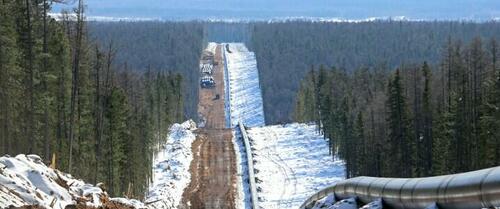
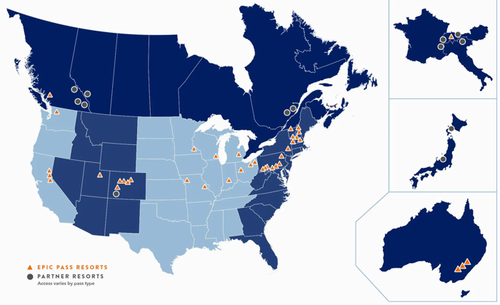

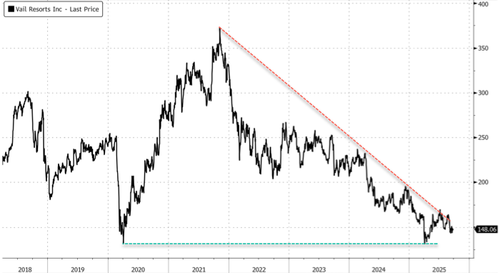


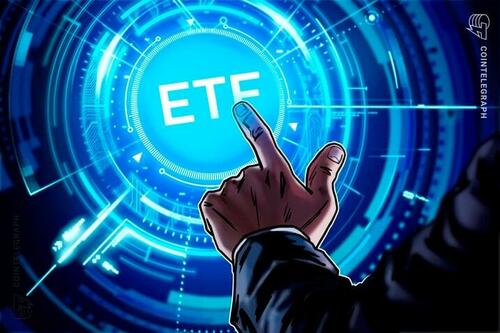
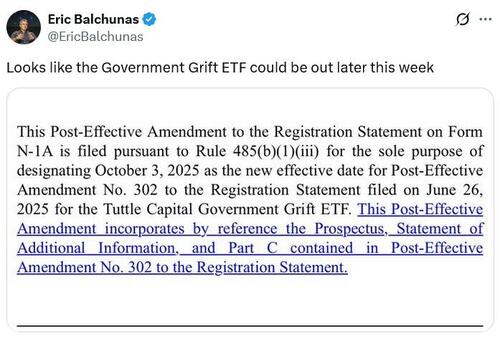
 Getty Images
Getty Images Andromeda yacht believed used (in the WSJ's presentation) by a 'rogue' Ukrainian sabotage team, via WSJ/Getty Images
Andromeda yacht believed used (in the WSJ's presentation) by a 'rogue' Ukrainian sabotage team, via WSJ/Getty Images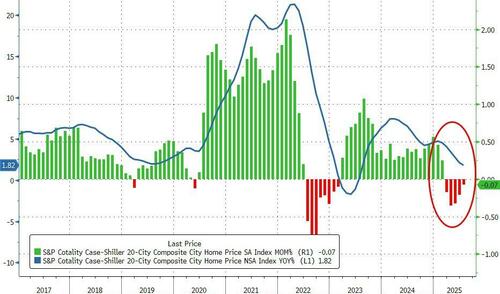
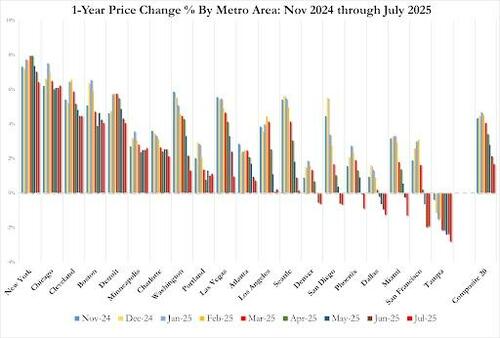
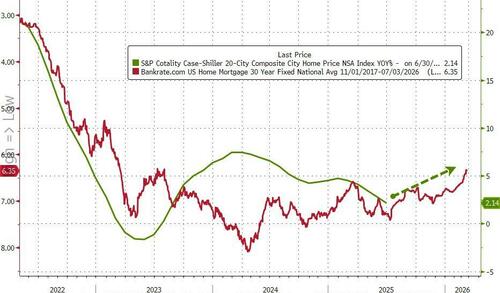
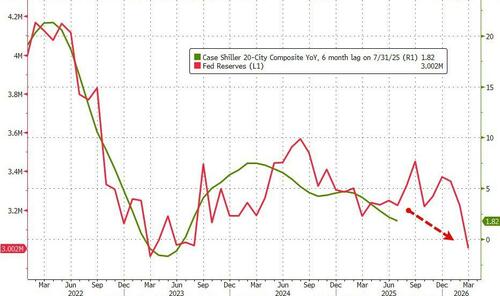

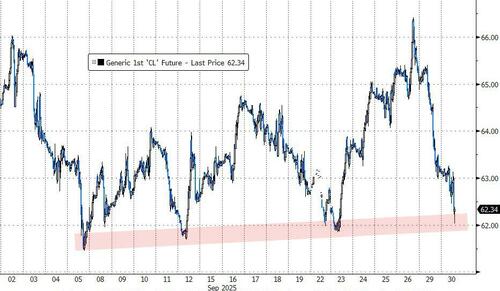
Recent comments